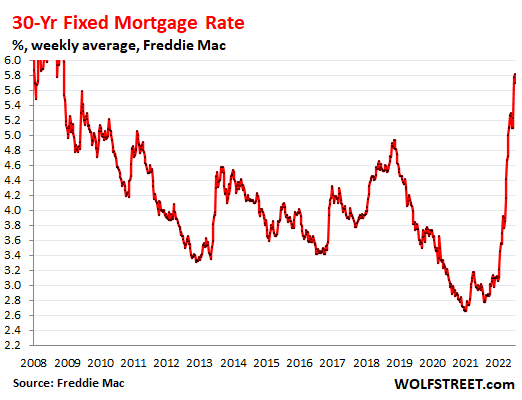More San Francisco residential projects could get push forward from new legislation

New legislation going before the San Francisco Board of Supervisors Tuesday would extend development incentives to a wider base of residential projects in San Francisco in a move advocates say could “unstick” as many as 800 homes in the city’s residential pipeline.
The proposed ordinance would lower the proportion of affordable homes that residential projects with between 10 and 24 units are required to include from 15% to 12% through at least 2026, and lower development fees for those projects by about a third. It would also drop inclusionary requirements for projects participating in HOME-SF, a local density bonus program in which developers can trade a certain percentage of affordable units for more density, from between 20% and 30% to as low as 16.4%.
The lowered inclusionary requirements would mirror those in legislation governing larger projects signed off on by San Francisco Mayor London Breed earlier this month. The Board of Supervisors, which passed the legislation for larger projects 10-1, is expected to support the legislation for smaller projects, said Supervisor Ahsha Safaí, who authored the ordinance alongside Supervisors Aaron Peskin and Rafael Mandelman. San Francisco has no inclusionary requirement for projects with less than 10 units.
The legislation targeting units with between 10 and 24 units could unstick an estimated 800 units, Safai said, in addition to the estimated 8,000 units in larger projects that could be helped along by the earlier legislation. Smaller projects are “a major driver of housing production in the city,” Safai said, adding San Francisco should be doing everything it can to jumpstart pipeline projects.
Lowering inclusionary requirements for HOME-SF participants, meanwhile, would preserve the attractiveness of the program, Safai said. Jurisdictions generally prefer local density bonus programs to the state alternative because it awards them more say over proposed projects.
Housing production in San Francisco has slowed to a crawl; a spring study from the city’s Controller’s office found that no residential construction types were financially feasible to build in San Francisco, which has issued just 182 permits for new units this year, data from the US Department of Housing and Urban Development shows. In boom years, the city has issued many times that number of permits in just a single month.
Marc Babsin, principal at San Francisco developer Emerald Fund, said in an August interview he hoped San Francisco would subsequently pass legislation extending incentives to smaller scale residential projects, which, he said, are often more flexible than their larger counterparts.
“If those same incentives could be applied, I think we will see some smaller projects – not necessarily happen right now, because the hole is so big, but see them as the early shoots of more housing,” he said at the time.
Developers who stood beside Mayor Breed as she signed the legislation for projects with 25 units or more said the same: that reductions in inclusionary and fee requirements alone would not be enough to get residential development out of the ground.
Michael Cohen, a founding partner at San Francisco-based Strada Investment Group, said he could not say exactly when housing production might ramp back up in San Francisco, but described that legislation as “probably the most impactful effort San Francisco has made to support housing production in a decade.”
The legislation already signed by Mayor Breed does not take effect until Nov. 1; if Supervisors approve the ordinance including smaller projects Tuesday and it is subsequently signed into law, it will replace the previous legislation.
| Rank | Prior Rank | Project |
|---|---|---|
|
1 |
1 |
Central Subway (T Third Line LRT Extension) |
|
2 |
2 |
San Francisco International Airport Harvey Milk Terminal 1 |
|
3 |
3 |
Hayes Point |


